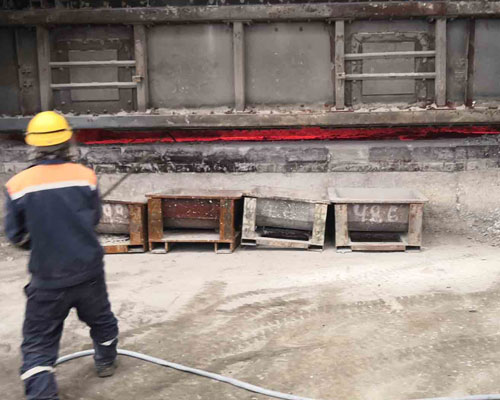Effectively reducing the alkali metal content of the aluminum melt before casting is the basic guarantee for the production of high-quality aluminum alloy ingots to meet the processing performance requirements of high-precision aluminum alloys, increase the added value of my country’s aluminum processed products, and realize the optimization and upgrading of product structure. Therefore, the control of the alkali metal/alkaline earth metal content of the aluminum alloy melt is one of the basic indicators of the quality control.
The main raw materials for the production of aluminum electrolysis include alumina, electrolytes, fluoride salts, cryolite, etc., so that the electrolytic aluminum solution inevitably contains a large amount of alkali metals and alkaline earth metals such as sodium, magnesium, lithium, calcium, and non-metallic inclusions ( Mainly aluminum chloride, electrolyte, fluoride salt, etc.). At present, the alkali metal content in the electrolytic aluminum liquid produced by most aluminum electrolysis enterprises is as high as 40~80ppm, and the alkali metal content after treatment with the existing technology is still >20ppm, and the sodium content in the aluminum ingots for melting is generally 8-15ppm, and individually reaches 23ppm. The performance requirements of aluminum alloy materials also stipulate the content of alkali metals/alkaline earth metals. For example, the content of alkali metals, especially Na, is required to be controlled in high-magnesium aluminum alloys. Alkali metal is generally controlled below 5ppm, and strictly controlled below 2ppm. AdTech offers refining flux for the control of alkali metal.

Refining Flux Uses
Remove the packaging, and spray the refining agent into the melt through the powder spray tank under the action of the carrier gas. Make the nozzle outlet as close as possible to the bottom of the molten pool and swim back and forth to make the refining agent fully contact with the molten aluminum to achieve the purpose of refining. After spraying, the slag floating on the surface of the molten aluminum is removed.

